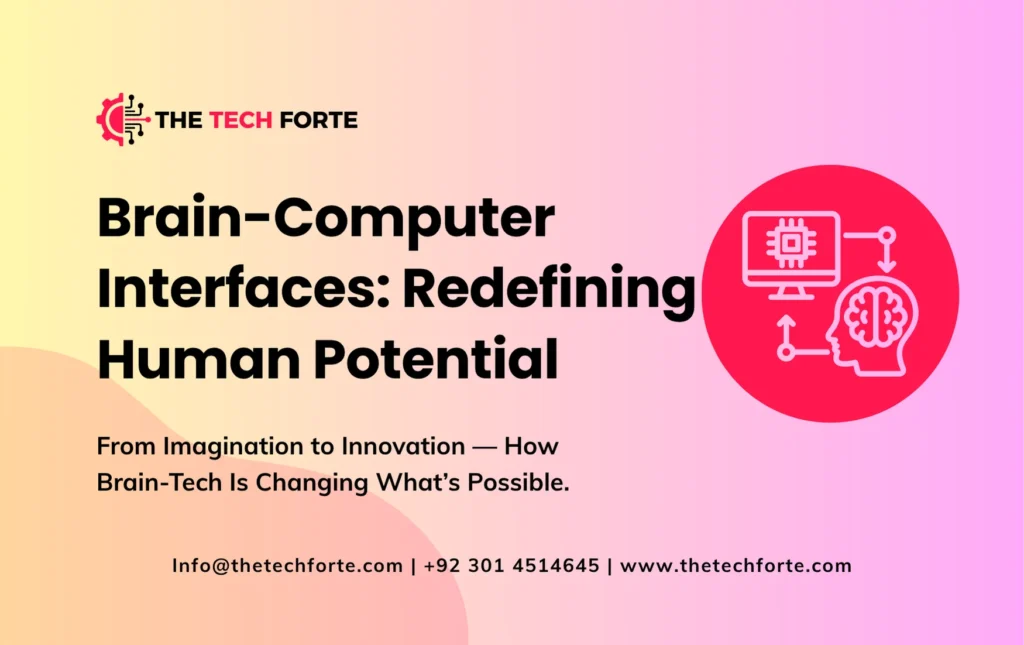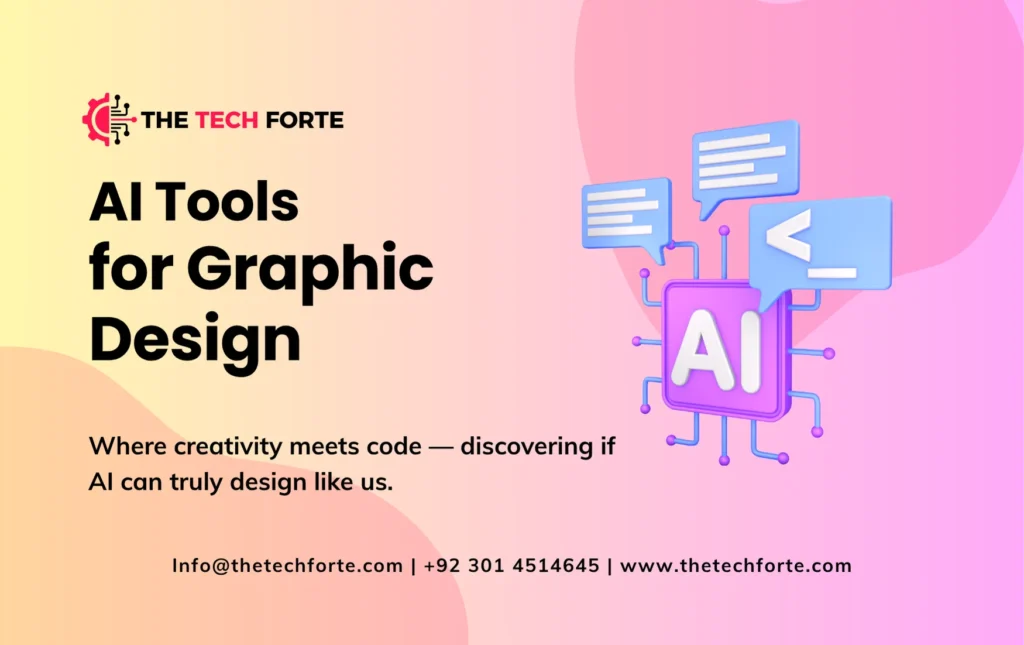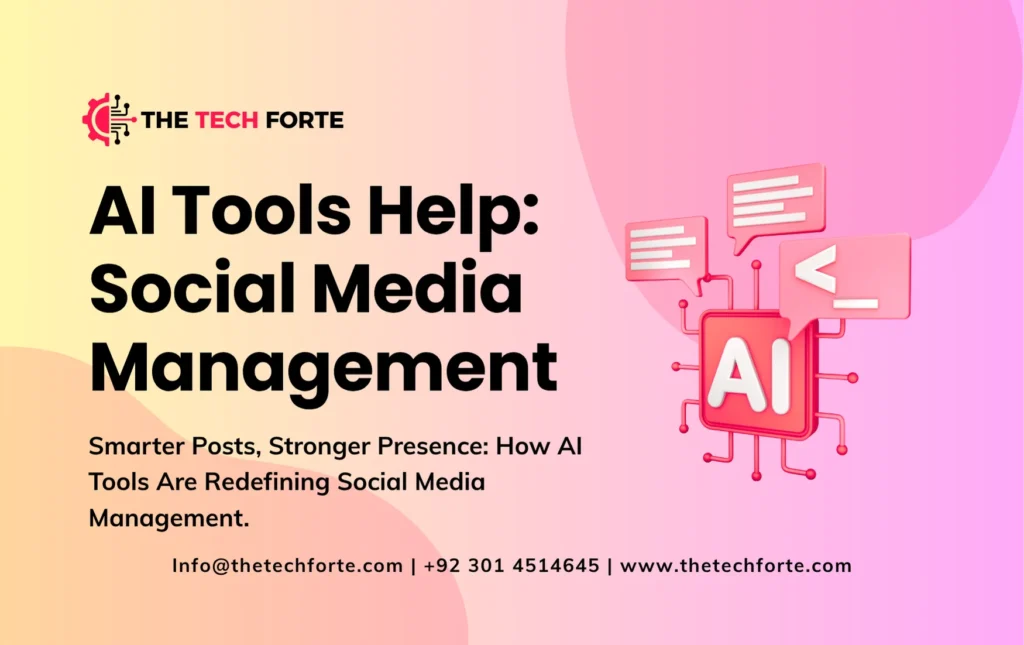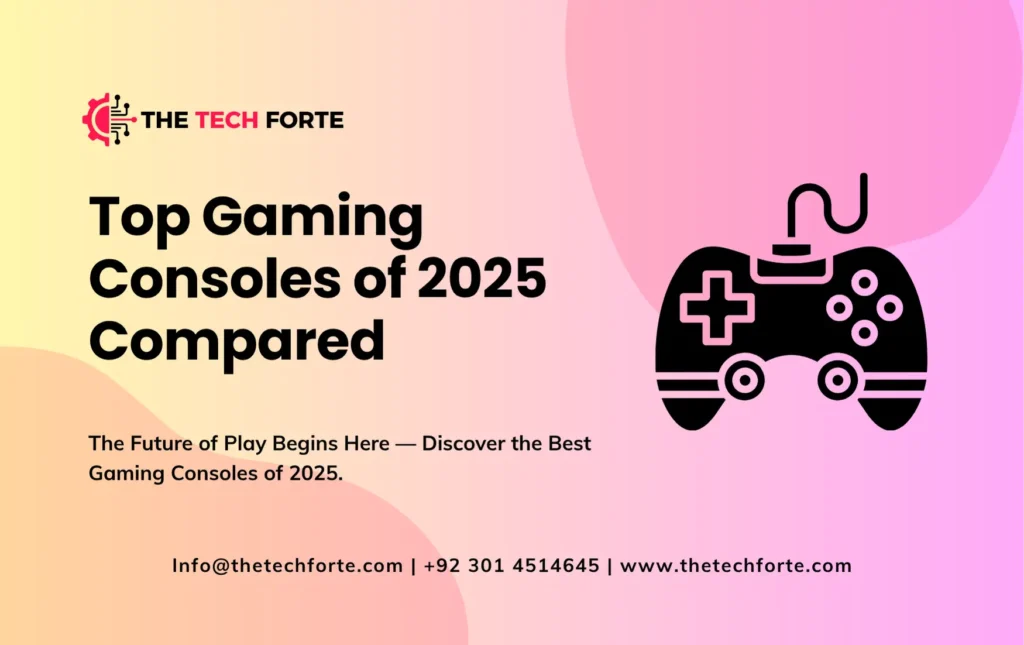How Brain-Computer Interfaces Are Redefining Human Potential

The boundary between human capability and technology is blurring faster than ever. At the center of this transformation lies brain-computer interface (BCI) technology — a revolutionary system that enables direct communication between the human brain and external devices.
Once a concept confined to science fiction, brain-computer interface applications are now reshaping medicine, performance, communication, and even creativity. From restoring mobility in paralyzed patients to enhancing focus and memory, BCI human enhancement is redefining what it means to be human in the age of intelligent machines.
Understanding Brain-Computer Interface Technology
So, what is a brain-computer interface, and how does it work?
A brain-computer interface (BCI) — also known as a brain-machine interface (BMI) — is a system that captures and interprets electrical activity in the brain, allowing users to control devices such as computers, prosthetics, or robots using only their thoughts.
At its core, a BCI works through three key steps:
- Signal Acquisition: Sensors capture brain signals (EEG, ECoG, or implanted electrodes).
- Signal Processing: Advanced algorithms decode these neural patterns into digital commands.
- Output Execution: The commands control external devices — such as robotic arms, wheelchairs, or virtual systems.
This seamless exchange between mind and machine forms the foundation of brain-computer interface neuroscience, a rapidly growing field that explores how our thoughts can interact with technology to extend human ability.
Types of Brain-Computer Interfaces: From Non-Invasive to Fully Integrated
Not all BCIs require surgery or direct brain implants. The technology today can be divided into three major types:
1. Non-Invasive Brain-Computer Interface
This form uses external sensors — typically EEG headsets — to monitor brain waves through the scalp. These systems are safe, portable, and increasingly popular in BCI wearable brain interface devices designed for gaming, mental training, and health monitoring.
2. Semi-Invasive BCIs
Electrodes are placed on the surface of the brain (without penetrating it), offering better signal accuracy than non-invasive systems but with some surgical requirements.
3. Invasive BCIs
Used primarily for medical purposes, these involve implanted electrodes that record precise neural signals. While riskier, they deliver unmatched accuracy and are critical in brain-computer interface medical rehabilitation, such as restoring limb movement in paralyzed individuals.
Each category reflects a different balance between safety, precision, and functionality, helping researchers and engineers determine the best brain-computer interface devices in 2025 for specific needs.
Brain-Computer Interface Applications in the Real World
1. Medical Rehabilitation and Neurotherapy
One of the most impactful brain-computer interface applications lies in healthcare. BCIs are revolutionizing how patients with spinal cord injuries, strokes, or neurodegenerative diseases regain mobility and independence.
In brain-computer interface medical rehabilitation, systems interpret neural activity to control prosthetic limbs, enabling patients to move and interact again using their thoughts. Companies like Neuralink and Synchron are developing implants that allow people with paralysis to communicate through digital text — restoring a sense of agency once thought lost.
2. Cognitive and Human Performance Enhancement
Beyond medicine, the brain-computer interface for human performance is emerging as a tool for mental optimization. BCIs can help users train focus, improve memory retention, and even boost decision-making speed.
For athletes, BCI human enhancement offers neurofeedback tools that track concentration levels during training. Pilots, surgeons, and eSports players are already experimenting with BCI augmentation of human ability systems that help them stay sharp under pressure.
3. Communication and Accessibility
For individuals with speech impairments, BCIs act as a digital translator of thought. Advanced neural decoding algorithms can convert brain activity into text or speech, offering a breakthrough in brain interface assistive technology.
These developments promise a future where communication barriers — whether physical or neurological — are overcome by the power of the mind.
4. Entertainment, Gaming, and Creativity
Imagine controlling a video game, composing music, or painting digital art using only your brain. That’s the next frontier of brain-machine interface innovation.
Non-invasive BCIs are already appearing in wearable brain interface devices for immersive gaming experiences. Artists and musicians are exploring how brain signals can generate real-time creative outputs, leading to a new era of “neuro-art.”
5. Defense and Aerospace
Military researchers are investigating BCI human enhancement for soldiers — improving reaction times, focus, and coordination in high-stress environments. Similarly, interface future potential in aerospace aims to develop intuitive controls for drones and aircraft through neural inputs.
BCI and the Future of Human Enhancement
The most exciting — and controversial — aspect of this technology lies in BCI human enhancement and neural interface human augmentation.
Scientists believe that BCIs will soon transcend medical use, entering the mainstream as tools for cognitive expansion. Imagine having memory recall on demand, real-time language translation, or the ability to control multiple digital systems simultaneously — all through your thoughts.
This potential brings both hope and debate. Critics raise ethical concerns about privacy, data security, and the definition of human identity. Yet, the promise of brain-computer interface ability enhancement could redefine learning, productivity, and human evolution itself.
How Brain-Computer Interfaces Work to Enhance Human Potential
Modern BCIs don’t just interpret brain signals — they learn from them. Using machine learning and AI algorithms, these systems adapt to each user’s unique brain patterns, improving accuracy and responsiveness over time.
For instance, in a guide to brain-computer interfaces for human augmentation, researchers demonstrate how neural feedback loops allow devices to become extensions of the user’s cognition. This creates a “closed-loop system” — where the brain not only commands but also receives information, forming a two-way exchange of intelligence.
In essence, BCIs are teaching us that the brain is not limited by biology. With the right interface, it can become an active participant in the digital ecosystem — a living processor of infinite potential.
Brain-Computer Interface vs Traditional Prosthetics
Traditional prosthetics rely on muscle signals or mechanical control, while brain-computer interfaces connect directly with neural activity. This means BCI-controlled prosthetics can move more naturally, offering smoother and more intuitive motion.
Moreover, users can “feel” through sensory feedback, thanks to bidirectional BCIs that simulate touch sensations. This advancement makes brain-computer interface medical rehabilitation far superior to traditional assistive methods — bridging the gap between human biology and machine precision.
BCI Research Trends and Future Potential
The brain interface future potential is vast, supported by rapid advances in brain-machine interface research trends. Here are key directions shaping the next decade:
- Miniaturization and Wearable BCIs: Devices are becoming smaller and more comfortable for daily use.
- Wireless and AI Integration: Cutting-edge algorithms allow faster decoding and adaptive learning.
- Ethical and Regulatory Frameworks: Governments and scientists are working together to ensure responsible use.
- Commercial BCI Products: From gaming headsets to productivity-enhancing wearables, consumer-ready devices are entering the market.
The best brain-computer interface devices in 2025 will likely combine these features, making BCIs accessible to a wider audience — from healthcare patients to creative professionals.
Are Brain-Computer Interfaces Safe for Human Enhancement?
Safety remains a primary concern. While non-invasive brain-computer interfaces pose minimal risk, invasive implants involve surgical procedures that carry infection and rejection risks.
Researchers are working on biocompatible materials, improved neural sensors, and AI-driven calibration systems to minimize these dangers. Ethical oversight committees now play a key role in ensuring that brain-computer interface technology enhances human potential responsibly.
What Makes BCI Technology Different from Other Neural Devices?
Unlike conventional neural implants used for stimulation or monitoring, BCIs establish two-way communication between the brain and external systems. This makes them interactive and adaptive, capable of not only receiving signals but also sending feedback to the user’s brain.
That feedback loop is what makes brain-computer interface applications revolutionary — enabling users to think, act, and learn in harmony with technology.
Can Brain-Computer Interfaces Be Used Beyond Medical Rehabilitation?
Absolutely. While the earliest BCIs focused on medical recovery, the field is expanding into education, creative industries, and even workplace productivity.
Corporate innovators are exploring how brain-computer interface for human performance can help employees manage stress, improve concentration, and prevent burnout. In education, neural feedback tools could help personalize learning for every student’s unique cognitive rhythm.
Frequently Asked Questions (FAQs)
What is a brain-computer interface, and how does it work?
A brain-computer interface (BCI) is a system that connects the human brain directly to an external device. It detects electrical brain signals, decodes them using advanced algorithms, and translates them into commands that control computers, prosthetics, or machines. This allows individuals to interact with technology using only their thoughts — without the need for physical movement.
How can brain-computer interfaces redefine human potential?
BCI technology opens new frontiers in human capability by merging biology with digital intelligence. It enables paralyzed patients to regain control of limbs, enhances mental performance, and supports faster decision-making. Over time, BCIs may help humans surpass natural limitations, improving memory, focus, and learning speed — truly redefining what it means to be human.
Are brain-computer interfaces safe for human enhancement?
Yes, most non-invasive brain-computer interfaces are safe and widely used in research and consumer products. However, invasive BCIs, which involve implanted electrodes, carry surgical and infection risks. Scientists are continually improving materials and procedures to ensure long-term safety and comfort for users.
What makes brain-computer interface technology different from other neural devices?
Unlike simple neural implants that only monitor brain activity, BCIs create two-way communication — they can read and also send feedback to the brain. This allows for a more natural and responsive interaction between human thought and machine action, giving BCIs a major edge over older neural technologies.
Can brain-computer interfaces be used beyond medical rehabilitation?
Absolutely. Today, BCIs are expanding into fields like education, entertainment, and mental wellness. They can help train focus, reduce stress, and even allow artists to create music or visuals using brain signals. In the future, BCIs could become everyday tools for learning, work productivity, and creative expression.
What is the future of brain-computer interface technology?
The future of brain-computer interfaces is bright. With advancements in AI, machine learning, and neuroscience, BCIs are becoming smaller, faster, and more affordable. Within the next decade, experts predict that wearable BCIs will become common for improving focus, controlling smart devices, and enhancing human communication.
Can brain-computer interfaces improve human performance?
Yes — BCI human enhancement is already improving performance in fields like sports, aviation, and surgery. By monitoring concentration, stress, and reaction time, BCIs help individuals optimize their mental and physical performance. This makes them invaluable tools for high-performance professionals and athletes.
Conclusion: The New Era of Human Evolution
The rise of brain-computer interface technology marks a pivotal chapter in human history. What started as an experiment to help patients regain mobility has evolved into a global movement toward BCI human enhancement and brain interface assistive technology.
As the line between mind and machine continues to blur, humanity stands at the threshold of a new kind of intelligence — one that combines biological consciousness with digital precision.
Whether used for healing, learning, or creation, BCIs are not just tools; they’re mirrors reflecting our boundless potential.











































































































































































